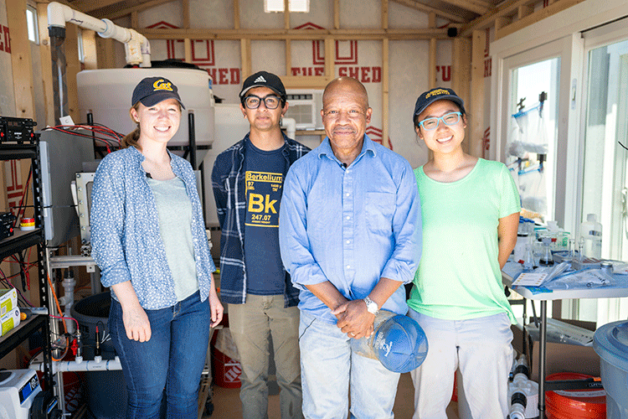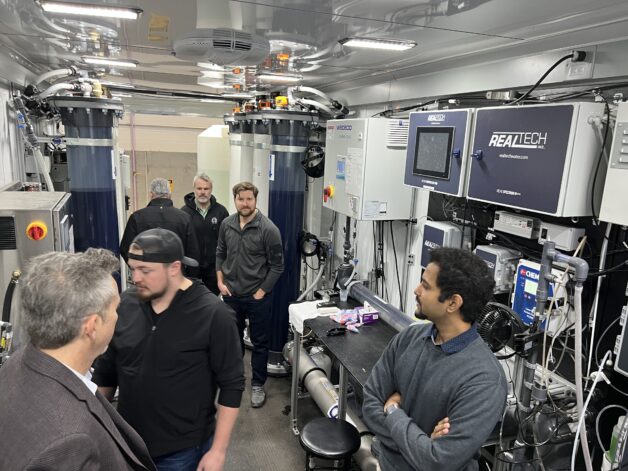NAWI Research Director Meagan Mauter, NAWI Data Modeling and Analysis Topic Area Leader Jordan Macknick, and NAWI Alliance Members Dan Gunter and Daniel Gingerich organized a workshop at the 2022 Association of Environmental Engineering and Science Professors (AEESP) Research and Education Conference.
The workshop, titled “Using National Alliance for Water Innovation’s Data Management and Water Treatment Techno-Economic Analysis Tools for Environmental Engineering Research and Entrepreneurship,” introduced attendees to NAWI’s water treatment technology analytical tools.

The Water Data and Management Systems (Water-DAMS) is a data repository for water treatment technologies.
The Water Techno-economic Assessment and Pipe Parity Platform (Water-TAP3) an analytical tool that facilitates consistent techno-economic and performance analyses of water treatment processes across multiple sectors. Explore Water DAMS and Water-TAP3.




